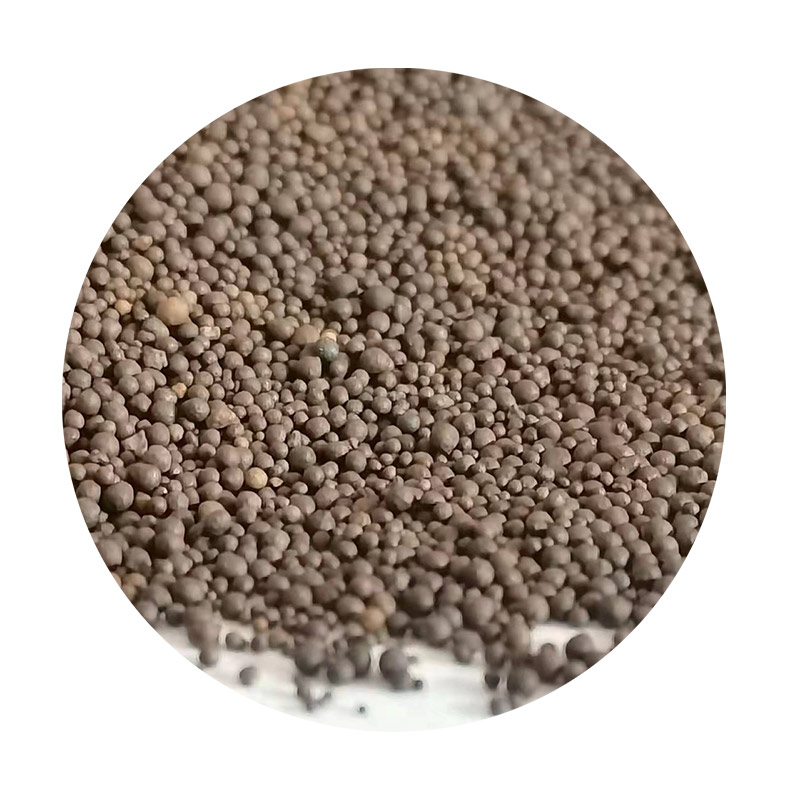Investment Casting Sand A Key Component in Precision Manufacturing
Investment casting, also known as lost-wax casting, is a precision manufacturing process widely used in various industries, including aerospace, automotive, and medical devices. One of the critical materials in this process is investment casting sand, which plays a pivotal role in ensuring the quality and precision of the final product.
Investment casting involves creating a wax pattern, which is then coated with a ceramic shell. Once the shell is formed, the wax is melted and drained away, leaving a hollow cavity that mirrors the shape of the original pattern. The molten metal is then poured into this cavity to create the final product. Investment casting sand is an essential part of this process, particularly in the formulation of the ceramic shell, which must withstand high temperatures and maintain dimensional accuracy during the casting process.
The selection of investment casting sand is vital for achieving the desired properties in the final casting. Typically, silica sand is used due to its high melting point and ability to withstand thermal shock. However, other additives may be incorporated into the sand mix to enhance specific qualities such as fluidity, strength, and thermal stability. For instance, adding zircon sand can improve the shell's thermal resistance, making it suitable for high-temperature applications. Additionally, the use of fine-grained sands contributes to the smoothness of the final casting surface, reducing the need for extensive finishing processes.
investment casting sand

Another crucial characteristic of investment casting sand is its ability to create a thin shell around the wax pattern. This thin shell is essential for producing intricate details and fine features in the final casting. Therefore, the sand must possess excellent flow properties to ensure even coverage and minimize defects such as cracking or warping during the drying and heating processes. Manufacturers often conduct extensive testing to ensure that the sand mixture meets the strict requirements of the investment casting process.
Furthermore, the properties of investment casting sand can significantly impact the overall efficiency and cost-effectiveness of the production process. High-quality sand can reduce the occurrence of defects, leading to lower scrap rates and minimizing the need for rework. This efficiency is particularly critical in industries where precision and reliability are paramount. Therefore, investing in high-quality investment casting sand can yield long-term benefits for manufacturers.
The recycling of investment casting sand is another important consideration. Many facilities aim to minimize waste and reduce costs by reusing sand from previous casting cycles. This not only helps in conserving resources but also contributes to environmental sustainability. However, careful processing and testing are required to ensure that recycled sand maintains the necessary quality standards for casting applications.
In conclusion, investment casting sand is a vital component that directly influences the quality and precision of investment castings. The right formulation of sand contributes to the production of highly intricate and reliable components, making it essential in various high-stakes industries. As technology continues to advance, ongoing research and development in investment casting materials and processes will ensure the continued relevance and improvement of this crucial manufacturing method. By prioritizing quality and sustainability in the use of investment casting sand, manufacturers can achieve both efficiency and excellence in their production processes.
Post time:10 月 . 11, 2024 04:18
Next:best way to sand stainless steel
